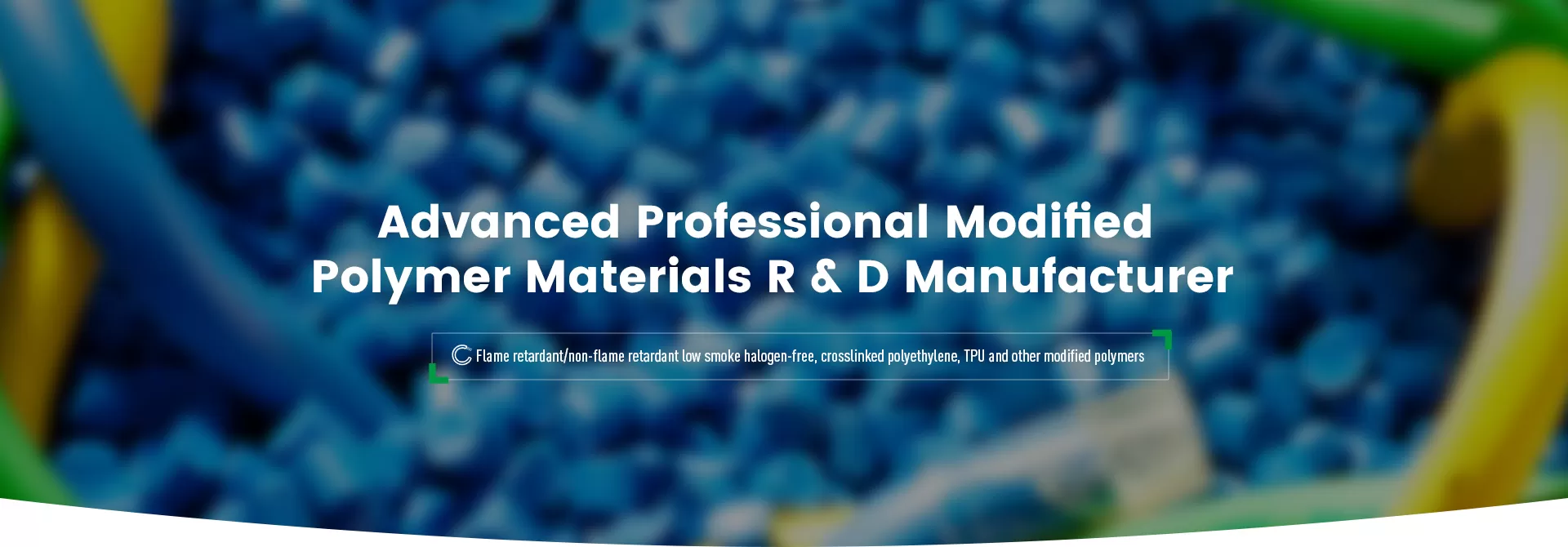
Thermoplastic Elastomers are widely used in many industries due to their excellent performance and various processing methods. This article will explore the core characteristics of thermoplastic elastomers and their applications in the medical field.
Characteristics of Thermoplastic Elastomer Materials
Thermoplastic elastomers are rich in variety and have a wide range of hardness, which can be adjusted from very soft or gel-like to semi-hard to meet different application requirements. In addition, their optical properties can also be flexibly adjusted from transparent to opaque, providing a wider range of product design possibilities. Through modification, the material can further enhance its strength, low temperature resistance, heat resistance, chemical corrosion resistance and UV resistance.
In terms of manufacturing technology, thermoplastic elastomers can be produced into films, sheets, profiles and tubes through processes such as injection molding, blow molding, multi-material insert molding, extrusion or co-extrusion. This diverse processing method enables it to meet various customized needs.
In the medical industry, medical-grade thermoplastic elastomers use FDA-compliant raw materials and do not contain phthalates or latex proteins to ensure their safety. In addition, the material is chemically inert and clean, and will not release extractables or leachables even when in contact with aqueous systems (such as liquids), thus ensuring biocompatibility.
Application of Thermoplastic Elastomers in The Medical Field
Application in Medical Tourniquet Materials
Thermoplastic elastomers play an important role in the production of tourniquets and are usually made of environmentally friendly materials such as thermoplastic styrene-butadiene rubber (SEBS), polypropylene (PP) and white oil. Its advantages include:
Smooth and delicate surface, close to human skin touch;
Good tensile strength, improved hemostasis effect;
Good elasticity, low deformation rate, high production efficiency, easy to color;
Meet the environmental protection standards of the food and medical industries, FDA certified;
No odor, no release of dioxins and other harmful substances produced during the incineration of PVC during combustion;
Special models use nano-antibacterial formula, which can quickly kill more than 99% of common bacteria.
Application in Thermometers
In the thermometer manufacturing process, thermoplastic elastomers are often used for overmolding to improve the comfort and safety of the product. Its advantages are as follows:
Green and environmentally friendly, does not contain phthalates, halogens and 38 substances of high concern specified in REACH regulations, and complies with environmental standards such as ROHS, REACH, NP, EN71 and PAHS;
It has excellent processing performance, strong adhesion and good coating effect;
It has excellent elasticity, provides comfortable feel, and improves the grip experience, aesthetics and product added value.
Application of Thermoplastic Elastomers in Infusion Tubes
In the past, infusion tubes were mainly made of polyvinyl chloride (PVC), but now, thermoplastic elastomers are gradually becoming alternative materials. In addition, injection needles are still widely made of materials such as PVC and polypropylene.
Thermoplastic elastomers have the high elasticity, high strength and high resilience of rubber, and have good injection molding characteristics. TPE (a type of thermoplastic elastomer) is widely used in medical devices, sports equipment and transparent toys. It has the advantages of environmental protection and non-toxicity, wide applicability, strong colorability, soft feel, good weather resistance, fatigue resistance, high temperature resistance and excellent processing performance.
Application of Thermoplastic Elastomers in Medical Protective Clothing Materials
In the field of protective clothing production, the application of polyurethane (PU) and Thermoplastic Polyurethane (TPU) composite film materials is becoming increasingly popular. Compared with traditional coating materials, these materials have improved in terms of moisture permeability and wearing comfort. In recent years, more and more protective clothing manufacturers have begun to use high moisture permeability TPU films to develop medical protective clothing with high protection levels and more comfort.(Polyurethane and thermoplastic polyurethane are also a type of thermoplastic elastomer)
During the production process of TPU film, there is no need to add calcium carbonate powder for granulation, so the production efficiency is higher. In the sewing and sealing process of protective clothing, TPU seals are used, and no additional tape is required. After combining with the fabric, the hot pressing bonding efficiency is higher, while ensuring the protective clothing's high sealing, waterproof and barrier properties.